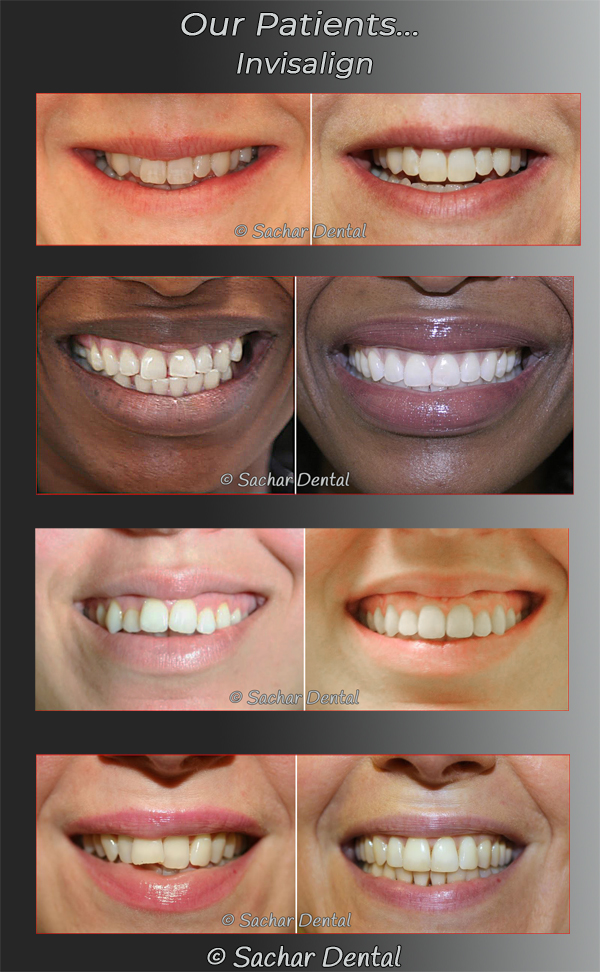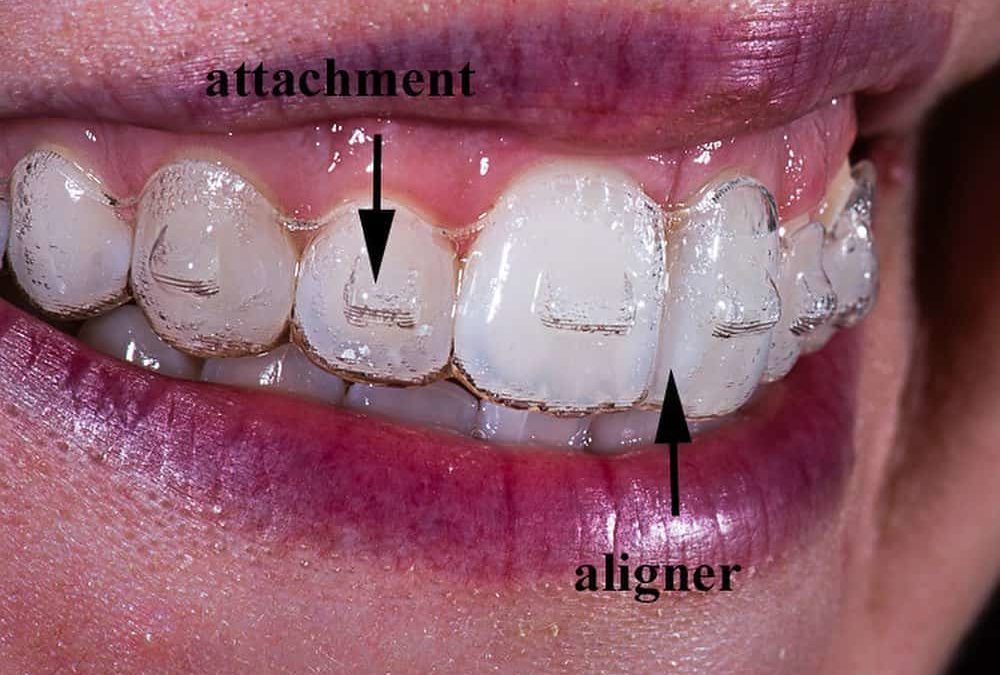Frequently Asked Questions About Invisalign: Everything You Need to Know
Frequently Asked Questions About Invisalign: Everything You Need to Know
Blog Article
Invisalign vs. Traditional Braces: Which Alternative Is Right for You?
When thinking about orthodontic treatment, the selection in between Invisalign and traditional dental braces presents several crucial elements that warrant careful examination. Invisalign provides a very discreet alternative with removable aligners, while traditional dental braces provide a much more noticeable yet efficient remedy for serious misalignment.
Review of Therapy Options

In comparison, standard braces contain metal braces and cords that are adhered to the teeth. This technique applies continuous stress gradually to achieve placement. While efficient for complicated orthodontic concerns, conventional braces call for normal visits for adjustments and can posture challenges in keeping dental hygiene due to the trouble of cleaning about brackets and cords.
Both options have their qualities, and the option commonly depends upon particular dental problems, lifestyle choices, and person compliance. Ultimately, consulting an orthodontic professional is important for establishing one of the most suitable therapy strategy customized to individual requirements. Understanding the subtleties of each alternative can considerably influence the overall success of orthodontic therapy.
Aesthetic Considerations
A significant aspect affecting the option in between Invisalign and conventional dental braces is the visual charm each treatment uses. Invisalign aligners are crafted from clear plastic, making them virtually undetectable when put on.
On the other hand, conventional dental braces contain metal brackets and cables, which can be much more noticeable. While advancements in orthodontic technology have brought about the growth of smaller sized braces and tinted elastics, typical dental braces still keep an even more obvious account. For some people, the visibility of braces may prevent them from looking for needed treatment.
Ultimately, the choice between Invisalign and typical dental braces may rest on individual choices concerning aesthetic appeals. Patients who prioritize discernment frequently favor Invisalign, while those who are much less worried about presence might select typical braces. Recognizing the visual implications of each option is important for making a notified decision that lines up with one's way of life and choices.
Comfort and Convenience

In terms of ease, Invisalign aligners are detachable, allowing individuals to appreciate their favorite foods without constraint and preserve ideal oral health. Brushing and flossing are simplified, as the aligners can be obtained during these my blog regimens, whereas conventional braces call for cautious maneuvering around braces and wires.
Furthermore, Invisalign's dynamic system permits for fewer orthodontic brows through. Patients normally receive several collections of aligners simultaneously, which can streamline the treatment procedure and decrease time invested in the orthodontist's chair. On the other hand, standard braces necessitate routine changes, making them much less hassle-free for those with active schedules. Invisalign. In general, the convenience and convenience of Invisalign make it an enticing option for many people looking for orthodontic therapy.
Treatment Period and Effectiveness
While both Invisalign and standard braces are effective in remedying oral imbalances, the period of treatment can differ substantially between both options. Generally, Invisalign treatment can take anywhere from 12 to 18 months, relying on the complexity of the instance. The clear aligners work by slowly shifting teeth into their desired settings, and regular follow-ups with an orthodontist help guarantee progression stays on track.
In contrast, traditional braces usually require a longer dedication, typically varying from 18 months to 3 years. This is due to their set nature and the usage of cords and brackets, which can be much more efficient for extreme misalignments and complicated cases (Invisalign). The therapy performance of traditional dental braces is well-documented, as they enable accurate changes and higher control over tooth motion
Inevitably, the selection in between Invisalign and conventional braces might hinge on both the anticipated therapy period and the certain oral problems available. my site Consulting with an orthodontist is crucial, as they can give customized recommendations based on individual demands, making sure the picked approach straightens with preferred results and durations.
Cost Comparison and Insurance Policy Choices
Price plays a considerable role in the decision-making procedure for individuals thinking about orthodontic treatment, whether going with Invisalign or standard dental braces. Generally, the expense of Invisalign ranges from $3,000 to $8,000, while standard dental braces generally cost between $2,000 and $6,000. Factors affecting these prices consist of the intricacy of the situation, the period of therapy, and geographical place.
Insurance policy coverage can substantially affect out-of-pocket costs. Numerous dental insurance strategies offer partial coverage for orthodontic treatments, yet the specifics can differ commonly. It is critical for individuals to review their insurance coverage to identify the degree of insurance coverage for either option. Generally, typical dental braces may be extra frequently covered by insurance coverage strategies contrasted to Invisalign, which some insurance firms categorize as an aesthetic treatment.
Additionally, several orthodontic methods use adaptable settlement plans, making both therapy alternatives extra obtainable. Patients must ask about prospective financing alternatives and price cuts for ahead of time payments. Evaluating the total cost, consisting of insurance coverage advantages and settlement strategies, is vital for making an educated decision that straightens with both aesthetic choices and spending plan factors to consider.

Verdict
In summary, the option in between Invisalign and typical dental braces pivots on several aspects, consisting of aesthetic choices, comfort, treatment duration, and expense. Invisalign supplies a very discreet, detachable option that promotes oral hygiene and nutritional versatility, while traditional braces might be more suitable for intricate oral problems and usually come at a lower price point. Related Site Ultimately, assessment with an orthodontist is vital to evaluate private situations and identify one of the most proper treatment alternative for accomplishing optimum oral positioning.
When considering orthodontic therapy, the choice between Invisalign and conventional braces provides numerous crucial variables that merit careful assessment.Comparing Invisalign and standard braces discloses unique treatment options for orthodontic improvement.While both Invisalign and conventional dental braces are effective in correcting dental imbalances, the period of treatment can differ significantly between the two alternatives.Cost plays a substantial duty in the decision-making process for individuals considering orthodontic treatment, whether deciding for Invisalign or typical dental braces.In summary, the choice between Invisalign and standard dental braces pivots on several factors, including visual preferences, comfort, therapy duration, and price.
Report this page